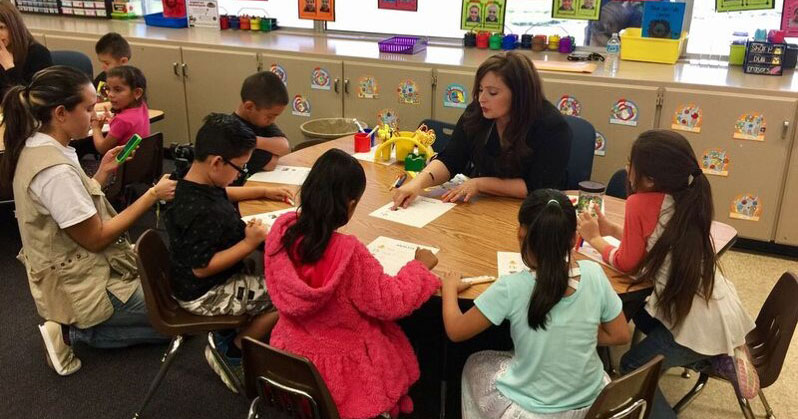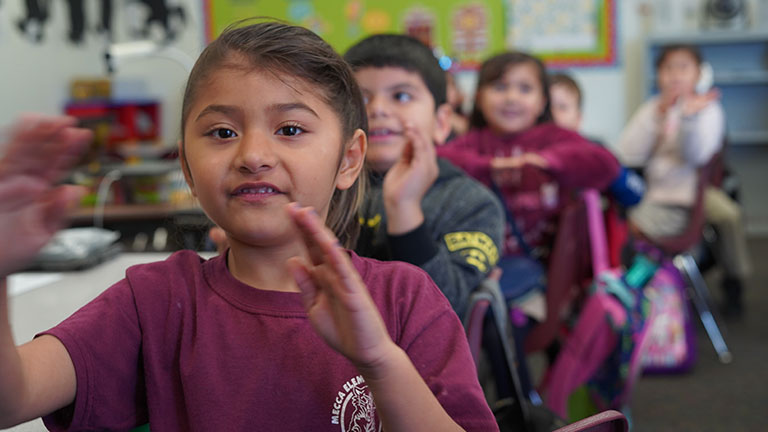REHEARSE integrates the 3 key elements of oral language development.
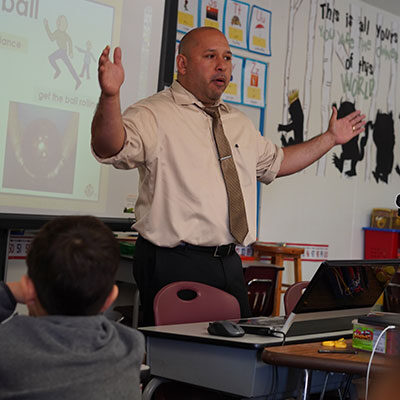
Vocabulary
The REHEARSE component of the RULE of 3 or RAP expands students’ academic vocabulary. Students REHEARSE the words kinesthetically, snapping or clapping out letters as they spell the words. They learn the meaning of words through visuals which highlight words’ multiple meanings. They finally apply the meanings of words in paired conversations using questions with open-ended responses.

Grammar
As a part of oral language development, grammar instruction focuses on how words are put together in sentences. Students ask and respond to open-ended questions.
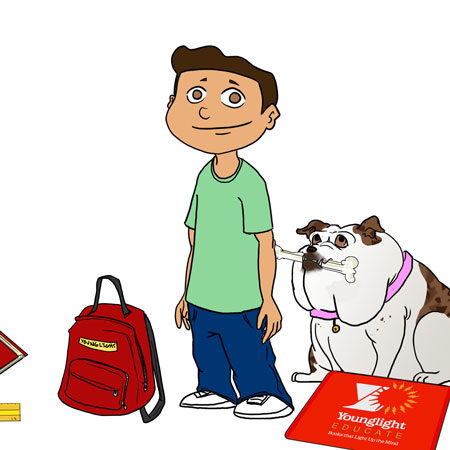
Narrative
In addition to completing sentence frames, students learn through animated story sequences in which elements of the English language grammar are highlighted through sentence imitation and narrative recall.
ANALYZE incorporates phonological skills and phonemic awareness.
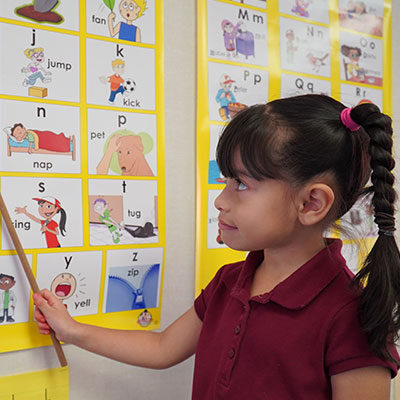
Phonemes
After learning a word’s meaning in REHEARSE, students figure out and find evidence for the sounds that make up that word. Rather than repeating sounds in isolation, students learn all 44 English language phonemes together using charts and animated sound sequences.
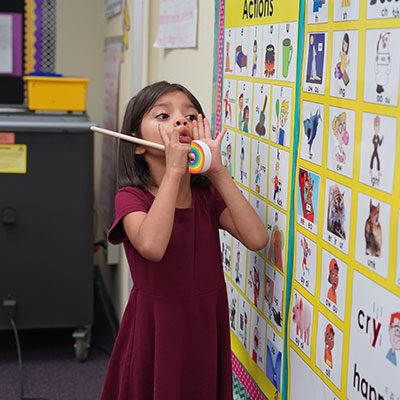
Phonics
Phonics, along with word meaning, is taught through a multi-sensory method. After students know the meaning of words, they use pictures and motions to find the evidence for the phonetic sound-spelling patterns. Students become actively engaged in identifying and blending the sounds to create words.
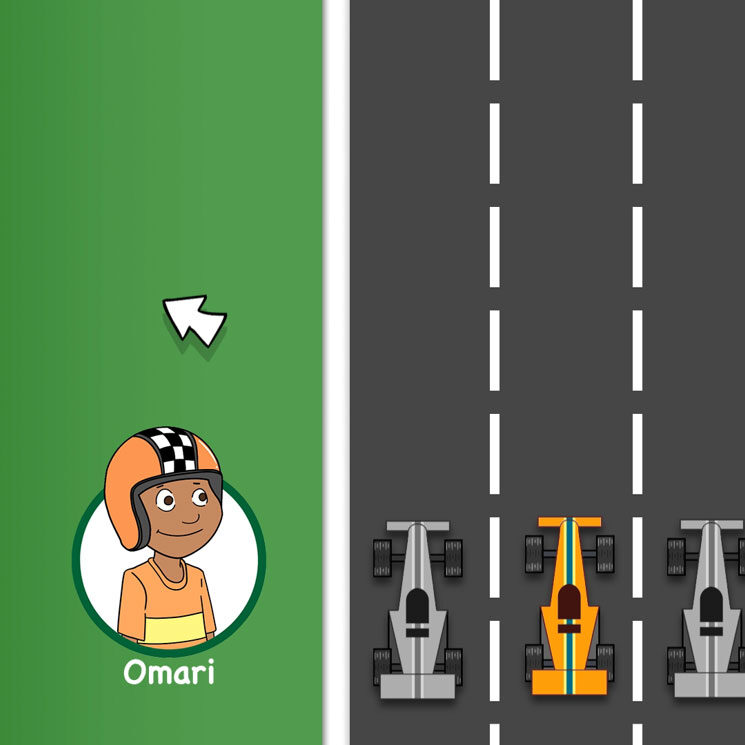
Sound Patterns
Instead of focusing on sounds in isolation, students become constructors of their own phonics learning as they analyze the sound patterns that make up words. Phonics games are used to reinforce their understanding of these patterns.
PRODUCE has students engage in conversations as well as reading and writing activities. Students apply what they learned in the REHEARSE and ANALYZE parts of the RULE of 3.
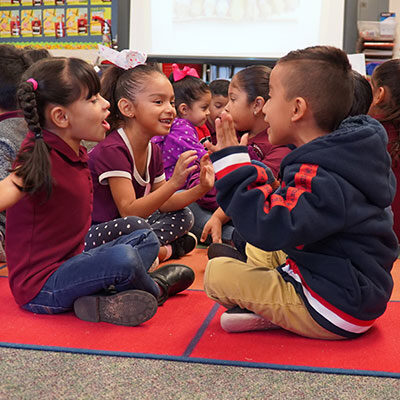
Questions
Students engage in paired conversations using the words they have learned during the REHEARSE and ANALYZE phases. Students ask and respond to open-ended questions, to which there is no one right answer.

Responses
Response patterns engage students in critical and divergent thinking. Students also engage in reading and writing activities using the ANALYZE charts to create sentences that require opinion, narrative and informational writing.
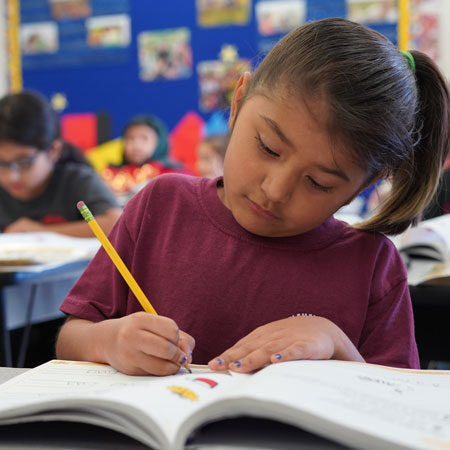
Comprehension
As students become more proficient in oral language, vocabulary and grammar they easily master the literacy skills necessary to access the core curriculum.

